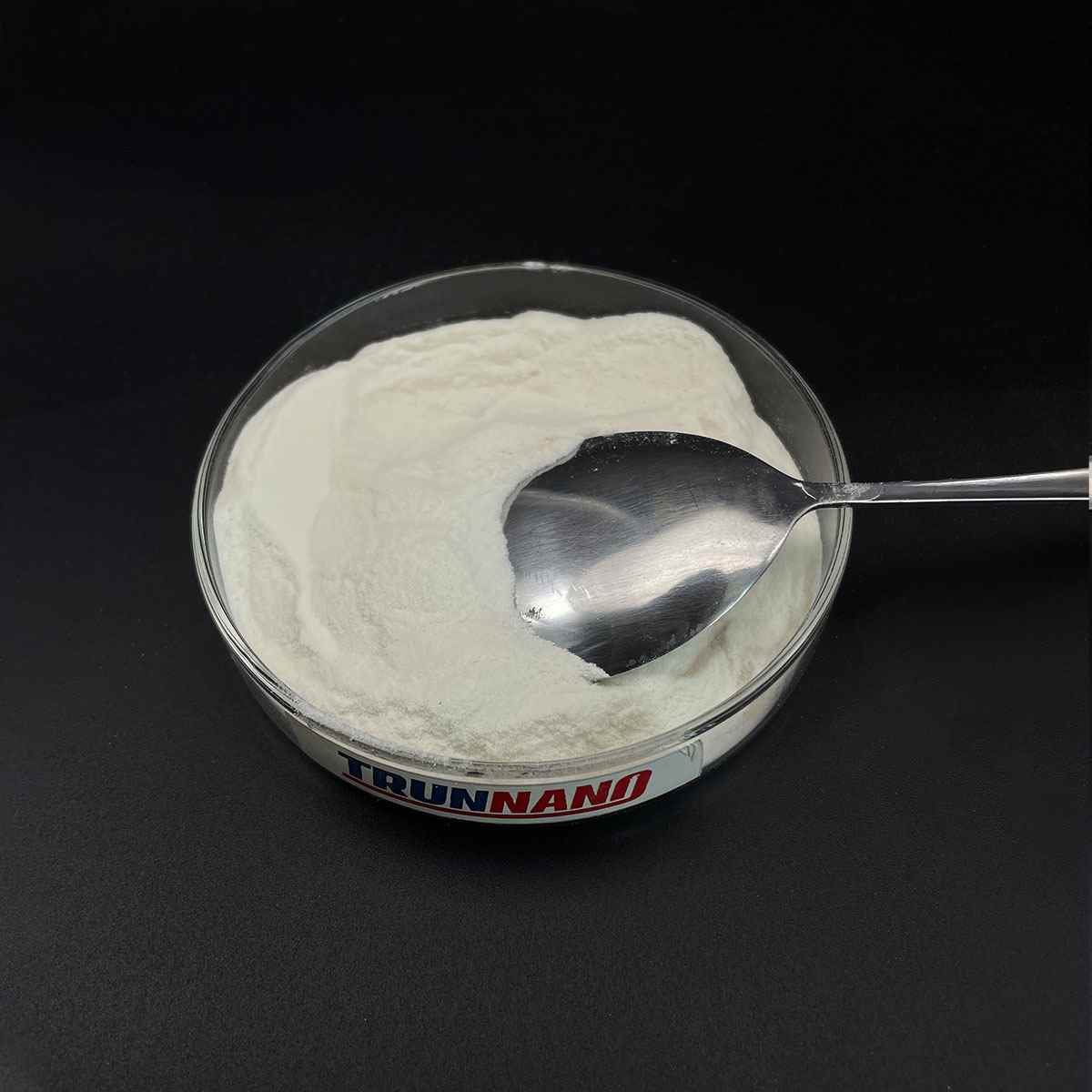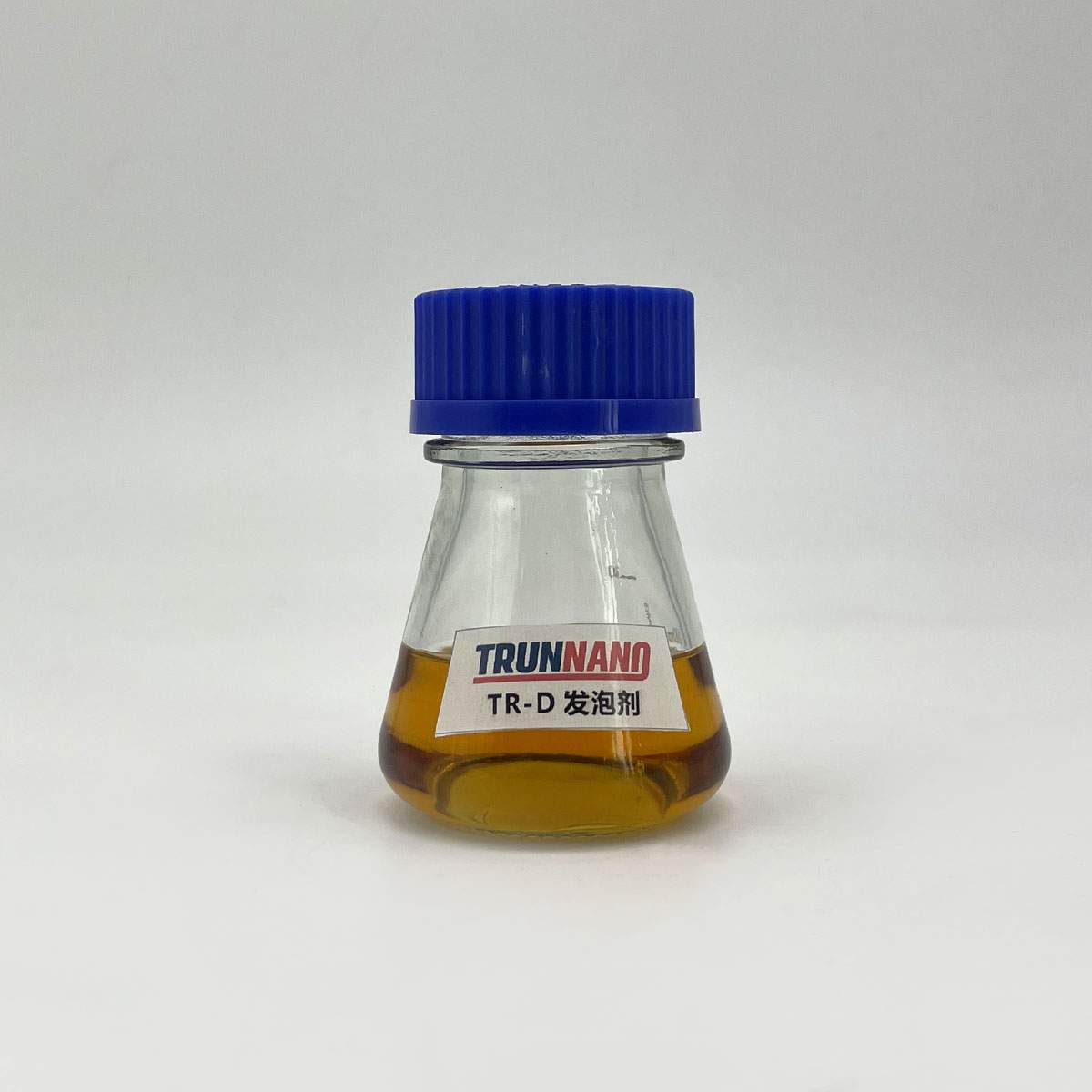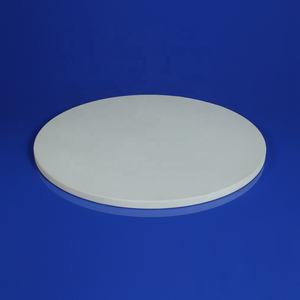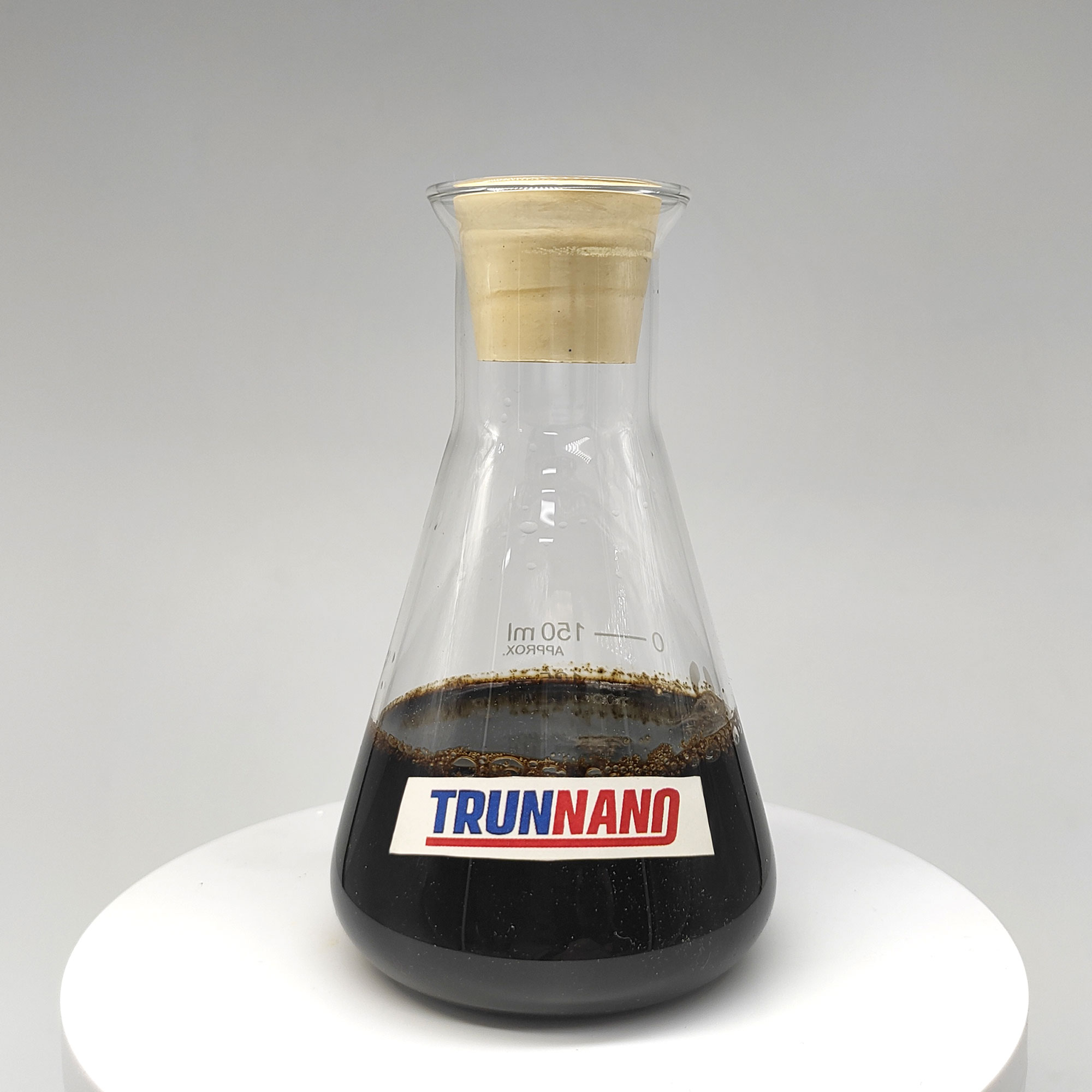Overview of 99.99% Bi2Se3 Powder Bismuth Selenide
Telluride and selenide compounds play a significant role in the field of semiconductors, particularly in the development of advanced electronic and optoelectronic devices. These materials belong to the chalcogenide family, characterized by their ability to form compounds with elements from groups IV-VI in the periodic table.
Tellurides: Compounds containing tellurium (Te) as the chalcogen. Examples include cadmium telluride (CdTe), mercury telluride (HgTe), and zinc telluride (ZnTe). These materials have found applications in solar cells, infrared detectors, and high-speed electronics due to their tunable bandgap, high electron mobility, and good thermal stability.
Selenides: Similar to tellurides, but with selenium (Se) replacing tellurium. Notable examples are cadmium selenide (CdSe), gallium selenide (GaSe), and zinc selenide (ZnSe). Selenide compounds are widely used in light-emitting diodes (LEDs), laser diodes, and solar cells due to their direct bandgap properties and efficient light absorption/emission capabilities.
Feature of 99.99% Bi2Se3 Powder Bismuth Selenide
Direct Bandgap: Many telluride and selenide semiconductors have direct bandgaps, which facilitate efficient light emission and absorption processes. This makes them suitable for optoelectronic applications such as LEDs and lasers.
Tunable Bandgap: The bandgap of these materials can be adjusted by alloying or altering the composition (e.g., CdSe to CdTe), enabling customization for specific device requirements across a wide spectrum of wavelengths.
High Electron Mobility: Materials like HgCdTe exhibit high electron mobility, which is crucial for high-speed electronic devices and low-noise detector applications.
Thermal Stability: Some tellurides and selenides, like ZnTe and ZnSe, demonstrate good thermal stability, making them suitable for high-temperature operation and processing.
Non-Toxic Alternatives: With increasing environmental concerns, there’s a push towards exploring less toxic alternatives to commonly used semiconductors. For instance, Cd-based tellurides and selenides are being replaced or combined with less toxic elements like Mg or Mn in some applications.

(99.99% Bi2Se3 Powder Bismuth Selenide)
Parameters of 99.99% Bi2Se3 Powder Bismuth Selenide
Bismuth selenide (Bi2Se3), also known as tellurium bronze, is a fascinating material with a rich history in both fundamental research and practical applications. It is a binary compound composed of bismuth (Bi) and selenium (Se), forming an intriguing layered structure that has garnered significant attention due to its unique electrical and optical properties.
The 99.99% pure Bi2Se3 powder we are discussing is of exceptional quality, ensuring a high level of purity that minimizes impurities and enhances the material’s intrinsic characteristics. The extremely high purity allows for precise control over the material’s properties, making it suitable for various scientific experiments and device fabrication.
One of the key parameters of this Bi2Se3 powder is its crystal structure. It crystallizes in a rhombohedral system, specifically following the space group R3m. This structure consists of quintuple layers, where each layer is composed of five selenium atoms sandwiching a single bismuth atom. The stacking sequence of these layers gives rise to its characteristic topological properties, which have been a subject of intense study in recent years.
The material exhibits a direct bandgap, which makes it attractive for optoelectronic applications. The bandgap energy, typically around 0.3 eV, enables efficient absorption of light in the visible to near-infrared spectrum. This property is particularly useful in photodetectors and solar cells, where it can convert light into electrical current.
Bi2Se3 is also renowned for its strong spin-orbit coupling, a phenomenon where electron spin and orbital motion are coupled, leading to unique electronic properties. This coupling plays a crucial role in the quantum spin Hall effect, where the bulk material acts as an insulator while the edges exhibit conducting channels with dissipationless current. This topological property makes it a promising candidate for fault-tolerant quantum computing.
In addition to its electronic properties, Bi2Se3 displays excellent thermal stability, making it suitable for high-temperature applications. Its high melting point (about 905°C) ensures durability under demanding conditions. Moreover, the material’s mechanical strength, combined with its low thermal expansion coefficient, makes it an ideal choice for heat sink applications.
From a synthesis perspective, the 99.99% pure Bi2Se3 powder can be prepared through various methods, including chemical vapor transport, solid-state reactions, or even mechanical milling. Regardless of the process, the high purity ensures minimal contamination during preparation, preserving the material’s integrity.
In conclusion, the 99.99% Bi2Se3 powder is a versatile material with exceptional properties that make it an essential component in numerous scientific and technological advancements. Its unique crystal structure, direct bandgap, strong spin-orbit coupling, and thermal stability position it as a promising material for optoelectronics, spintronics, and topological quantum computing. As researchers continue to explore its potential, the high purity of this powder ensures that the intrinsic properties of Bi2Se3 are accurately represented in any application.

(99.99% Bi2Se3 Powder Bismuth Selenide)
FAQ of Semiconductor Materials
Inquiry us






